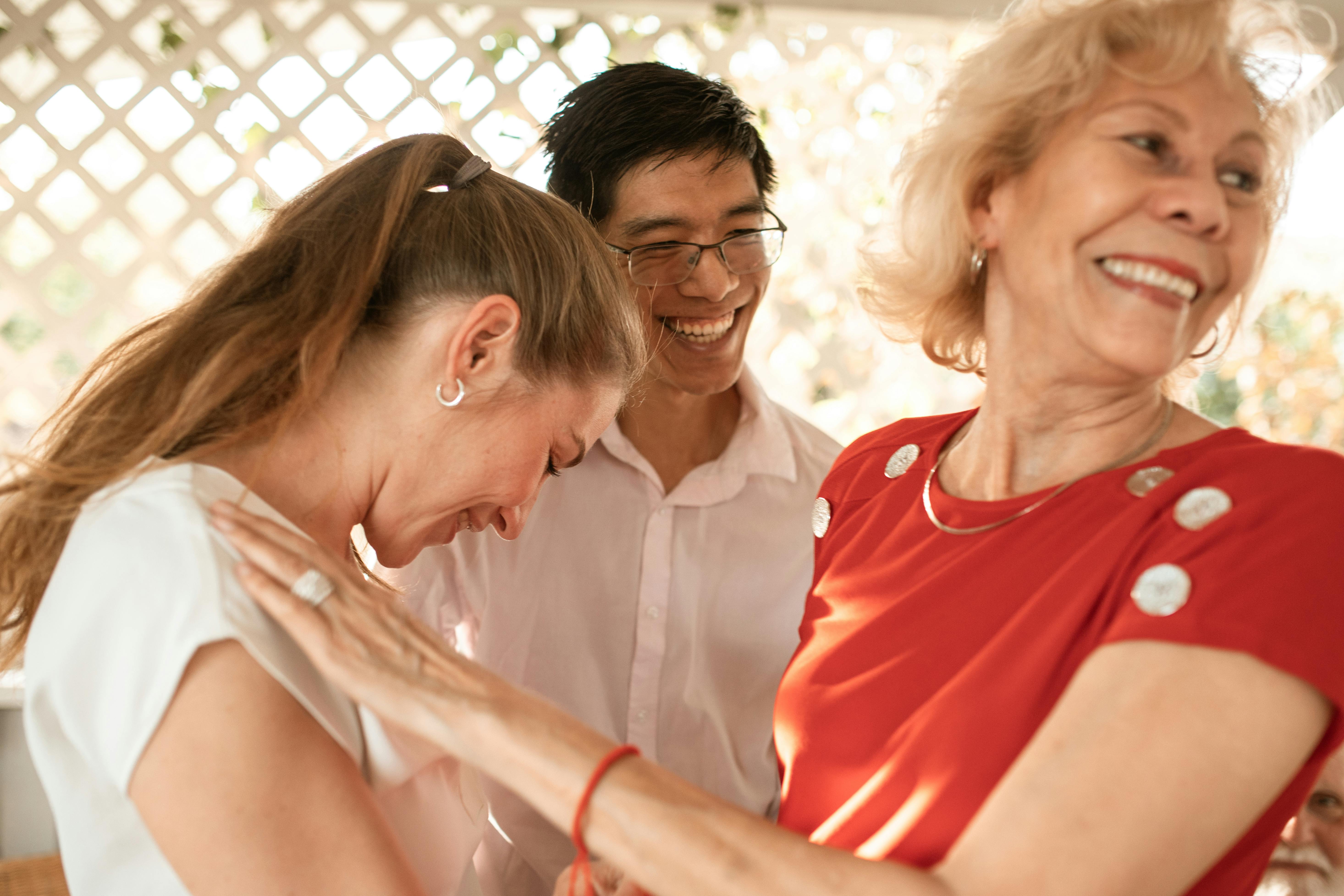
Head Lice Treatment: Understanding The Lice Life Cycle
Let me first share a famous quote: “Know your enemies…before you eradicate them.”
OK, it’s not likely to be that famous because I just wrote it.
However, the idea is… You have to figure out what problem you’re having before looking for a solution.
Here it is obvious that either you have lice or someone next to you has them in their hair. So before we continue discussing ideas on how you can combat them with a proper head lice treatment, let me briefly reveal about them and their own life cycle.
About Lice and Your Private Residence
Lice are parasitic insects and to tell if they live in someone’s hair or not, look for them behind the ears or not far from the neckline.
Who probably wouldn’t need head lice treatment?
Lice have been seen to prefer a unique hair shape for infestation. They are generally very, very uncommon in African citizens of the United States, probably due to the particular shape of their hair.
Are lice harmful? Can you opt for head lice treatment without delay?
Lice are not dangerous and you cannot get any syndrome from them. Therefore, there is no need to be terrified or rush through head lice treatment. Yes, they can bother you emotionally and make you scratch, but they are not poisonous.
Louse life pattern
Let’s talk now about its particular life cycle. Head rental has three stages:
- evening
- nymph
- adult
From ‘egg’ to ‘death’, the life cycle of a head louse is about 30 days.
1. Nits
Nits are the eggs of lice. They are strongly attached to human hair after being deposited by an adult female louse. You can find them very close to the scalp (within 6mm to be precise) because they need to have body heat to survive. The composition of the nits is oval and the size is 0.8 mm by 0.3 mm. They take between 6 and 9 days to hatch. An essential point to keep in mind is that after head lice treatment, you may be free of lice, but the dead eggs may remain attached. So once the lice treatment is done, you also need to get rid of the nits. Later we will talk in detail about how to get rid of nits after lice treatment.
2. nymphs
After an egg hatches, a nymph is released. However, the nit will remain attached to the hair. The nymph literally looks like an adult louse, but she is slightly smaller. All nymphs have different sizes. However, they are virtually as big as the head of a pin. You can grab them very close to the scalp and behind the ears or near the neckline. The nymphs take about 7 days or more to become adults.
3 adult
Adult lice suck the blood of a real person to live and survive. They eat or feed about 5 times a day. They can take a trip quickly and are quite active. They are about as big as the head of a pin. However, female lice are larger in size compared to male lice. When it comes to multiplying, a female louse can lay up to 8 eggs or nits a day. You can find them near the scalp and behind the ears or near the neckline. They live for 30 days in the head of a person.
Now you know about the life cycle of the head louse. When you start head lice treatment now, you’ll know what you’re getting yourself into.